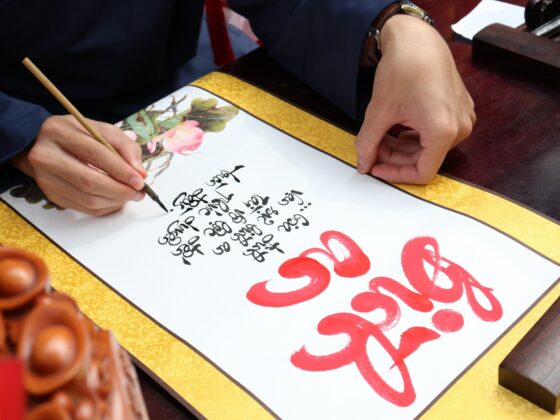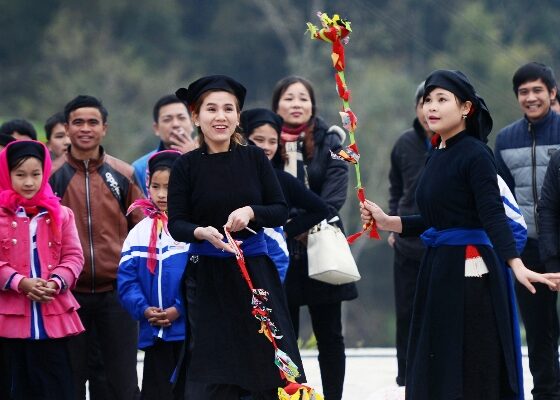Table of Contents Show
✍️ AI is summarizing:
The lotus flower holds a cherished place in the hearts of the Vietnamese people, serving as a profound symbol of purity, resilience, and beauty. Rising from muddy waters to blossom unstained, the lotus perfectly embodies the strength and tenacity of the Vietnamese spirit. This remarkable bloom has been celebrated in literature, art, and folklore for centuries, making it the perfect choice for the Vietnamese lotus flower.
Read more interesting posts:
- The Ao Dai: A Timeless Symbol of Vietnamese Culture & Traditional Dress
- Vietnam 14 Day Itinerary: The Ultimate Two-Week Adventure from Hanoi to Saigon
- Vietnam Then and Now: A Journey Through Time, Transformation, and Enduring Spirit
The spiritual meaning of the Vietnamese lotus flower

Historically, the lotus has deep connections to Buddhism, representing spiritual awakening and enlightenment. In Vietnamese culture, the flower symbolizes the idea of rising above adversity, reflecting the nation’s journey through hardship and struggle.
The process of the lotus growing in murky waters to bloom beautifully above the surface is a powerful metaphor for overcoming challenges, which is why it is so revered as the Vietnamese lotus flower.

This flower is often featured prominently in traditional art forms. From paintings to pottery and textiles, its depictions showcase the importance of the Vietnamese lotus flower in the country’s aesthetic landscape. Artists have drawn inspiration from its graceful shape and vibrant colors, integrating the lotus into various cultural expressions that reinforce its status as a beloved cultural icon.
How the Vietnamese lotus flower is used in festivals and traditions
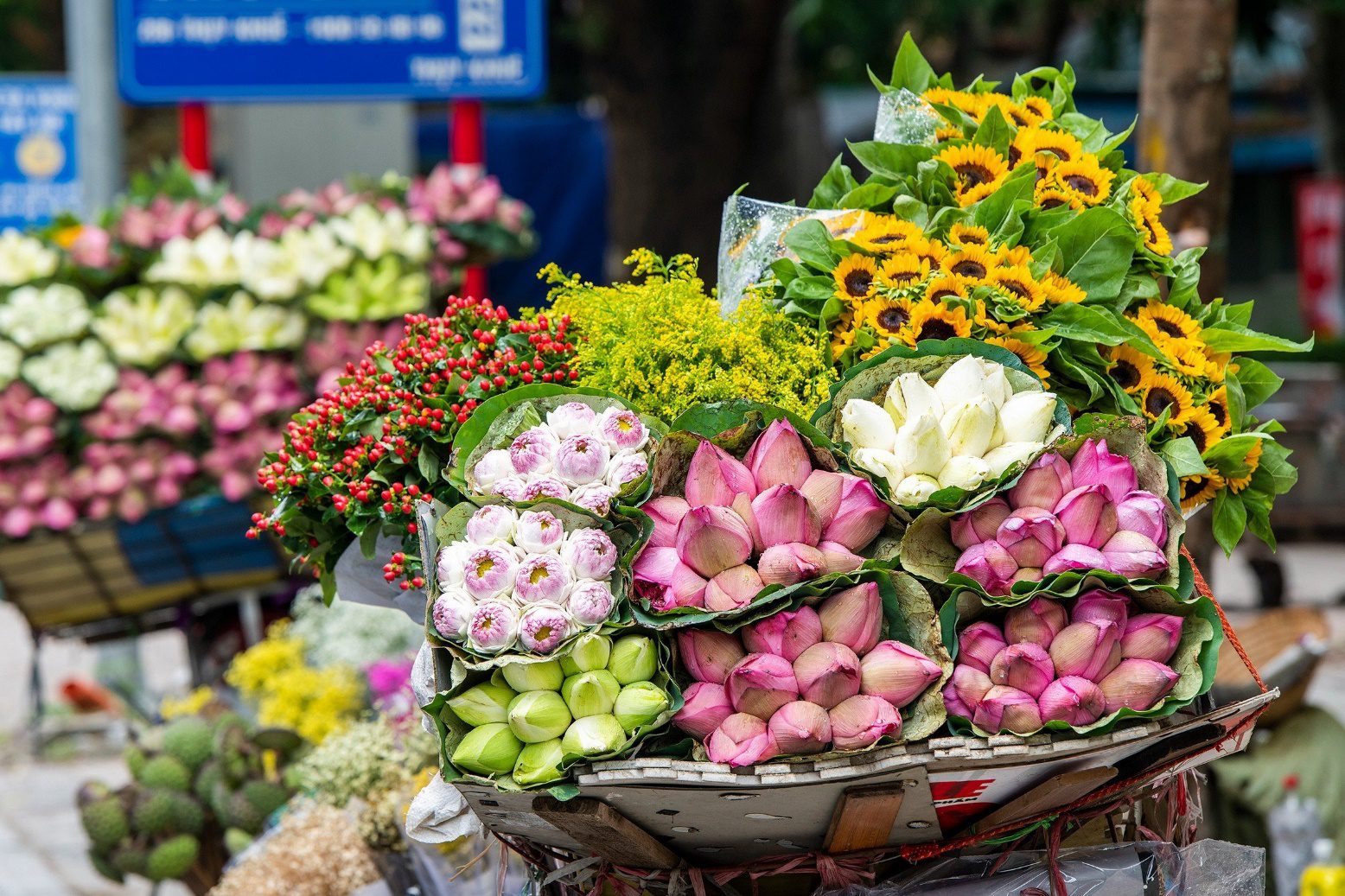
During festivals and religious ceremonies, the Vietnamese lotus flower plays a significant role in offerings and decorations. It is commonly used in rituals to honor ancestors and deities, serving as a reminder of the beauty that can emerge from difficult circumstances. The lotus is often included in floral arrangements and altars, symbolizing purity and devotion in these sacred spaces.
Moreover, its presence during significant events enhances the festive atmosphere, reminding participants of the deeper meanings associated with the flower. Whether adorning homes or temples, the lotus adds a touch of elegance and spirituality to celebrations, reinforcing its role as a symbol of hope and renewal.
The modern influence of the Vietnamese lotus flower symbol
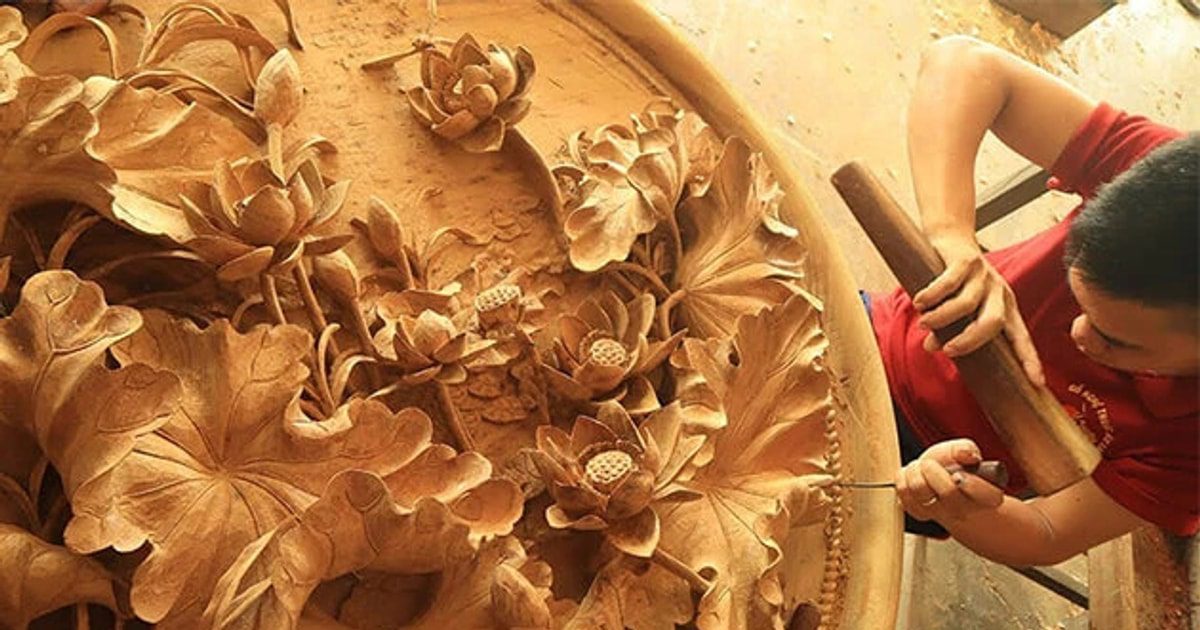
In contemporary Vietnam, the lotus, as the Vietnamese lotus flower, has transcended its traditional roots to influence various aspects of modern culture. It is not uncommon to see lotus-themed designs in fashion, home décor, and even culinary presentations. Designers often incorporate lotus motifs into clothing, accessories, and artwork, further solidifying its status as a timeless cultural icon.
This adaptability highlights the lotus’s significance beyond its traditional meanings, allowing it to resonate with younger generations who seek to connect with their heritage. The enduring appeal of the Vietnamese lotus flower lies in its ability to inspire and uplift, reminding people of the importance of resilience in the face of adversity.
A symbol of hope
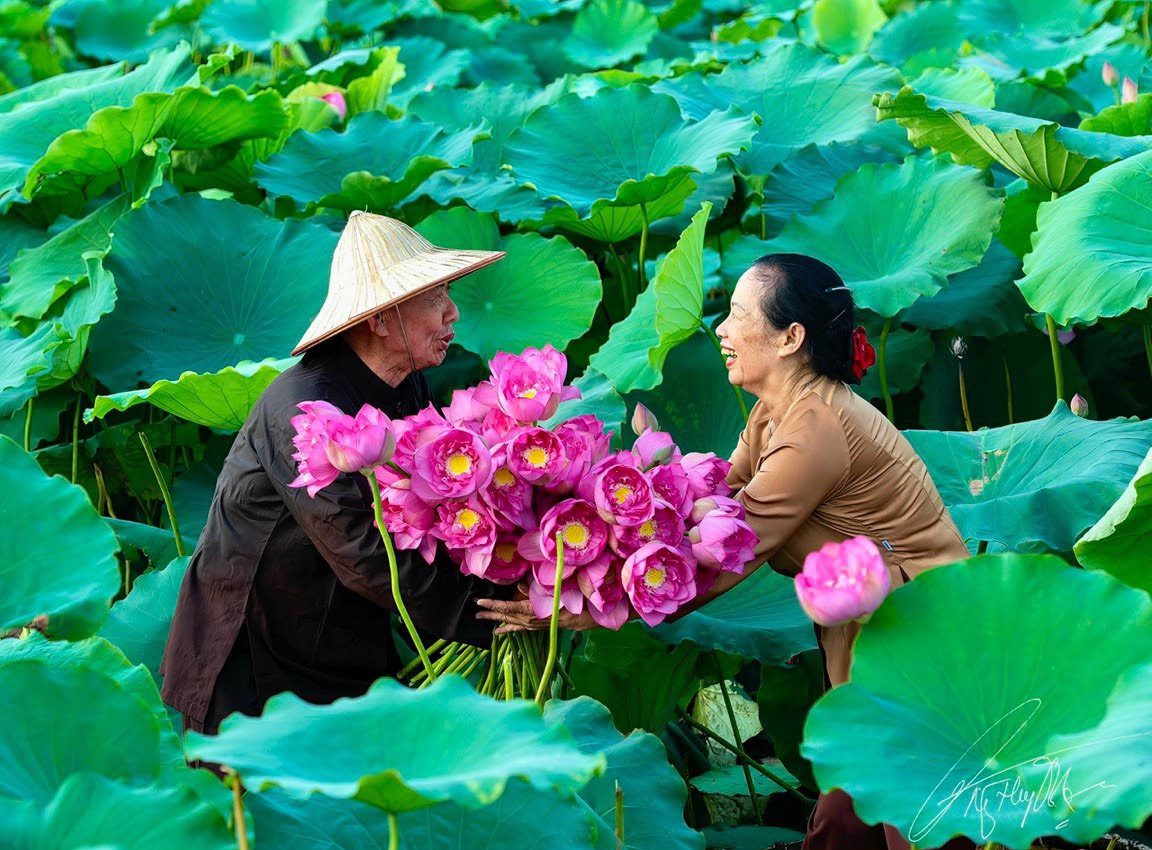
The lotus flower continues to inspire the Vietnamese people, symbolizing hope and renewal in their lives. Its beauty and strength serve as a reminder that challenges can lead to personal growth and transformation. Whether in gardens, religious ceremonies, or everyday life, the lotus remains a powerful symbol of the Vietnamese spirit.
As Vietnam continues to evolve, the lotus flower persists as a timeless emblem of cultural identity, reflecting the nation’s journey through history. Its presence in art, literature, and daily life speaks to the resilience and beauty inherent in the Vietnamese people, ensuring that the lotus will forever bloom brightly in the heart of the nation.
Conclusion
In essence, the lotus is far more than just a beautiful bloom; it is the soul of a nation captured in floral form. As the Vietnamese lotus flower, it perfectly encapsulates the Vietnamese spirit of rising from adversity with grace, purity, and unwavering resilience. Woven into the very fabric of the country’s culture—from its spiritual beliefs and artistic expressions to its daily traditions—the lotus remains a potent and cherished symbol, a testament to the enduring beauty of Vietnam and its people.
For more travel inspiration and to connect with fellow adventurers, join our community on the ExoTrails Vietnam Facebook group and follow the ExoTrails Fanpage!
FAQs
Why is the lotus flower so important in Vietnam?
The lotus is important because it symbolizes purity, resilience, and spiritual enlightenment, perfectly mirroring the Vietnamese spirit of overcoming adversity. It is deeply integrated into the nation’s art, religion, and daily life.
What does a lotus flower symbolize?
A lotus flower universally symbolizes purity, beauty, and rebirth. In Vietnam, it specifically represents the nation’s strength and ability to rise above hardship to achieve beauty and peace.
What is the spiritual meaning of the lotus flower?
Spiritually, the lotus flower, particularly in Buddhism, represents enlightenment, detachment from worldly desires, and spiritual awakening. It shows how a pure soul can emerge from a difficult or murky environment.
How does the lotus represent the Vietnamese spirit?
The lotus represents the Vietnamese spirit by growing in muddy water yet emerging as a pristine, beautiful flower. This mirrors the nation’s history of enduring hardship and war to achieve peace and beauty.
What is the connection between the lotus and Buddhism?
In Buddhism, the lotus is a sacred symbol of the purity of the body, speech, and mind. It represents the journey from darkness and ignorance towards the light of wisdom and enlightenment.




